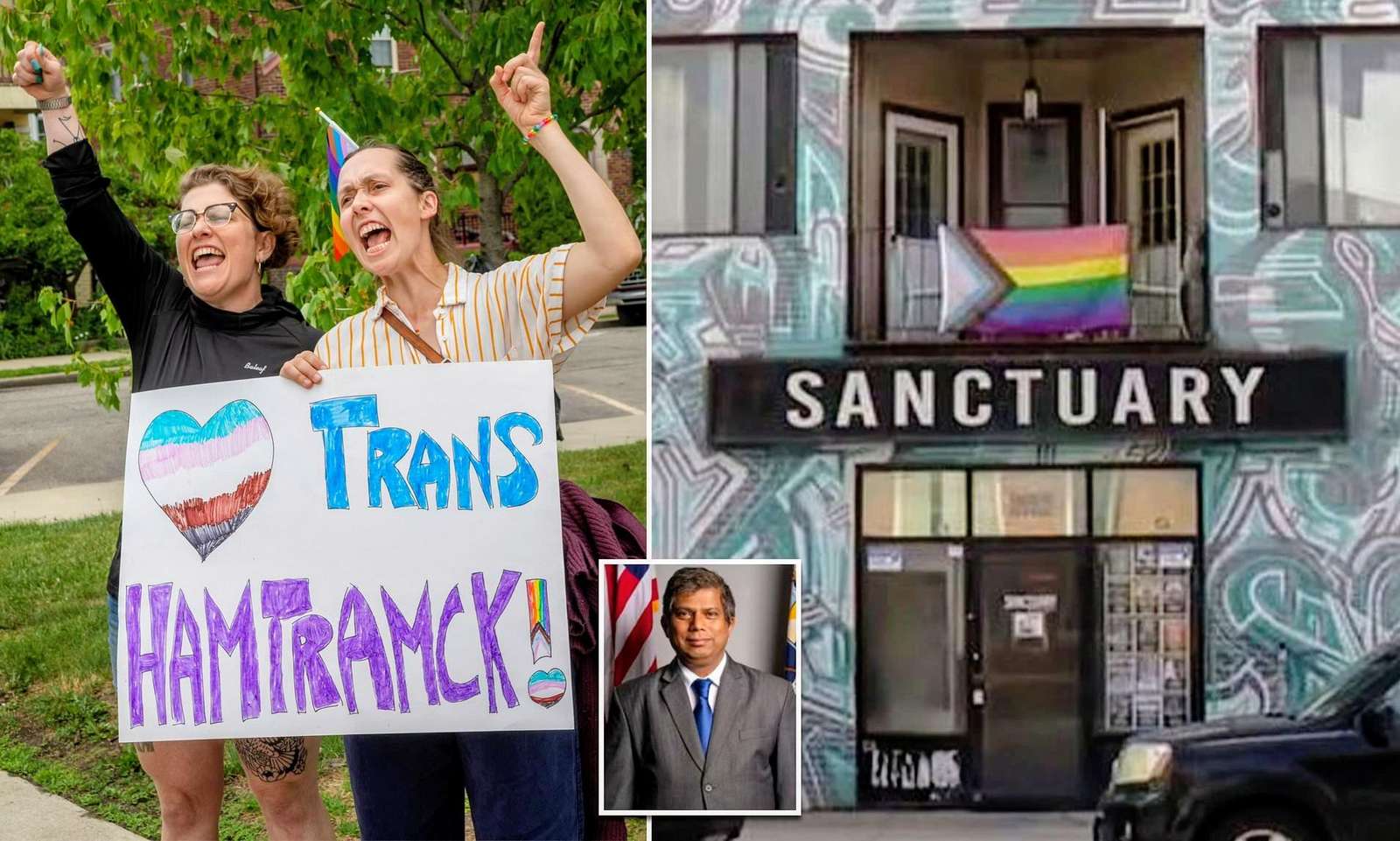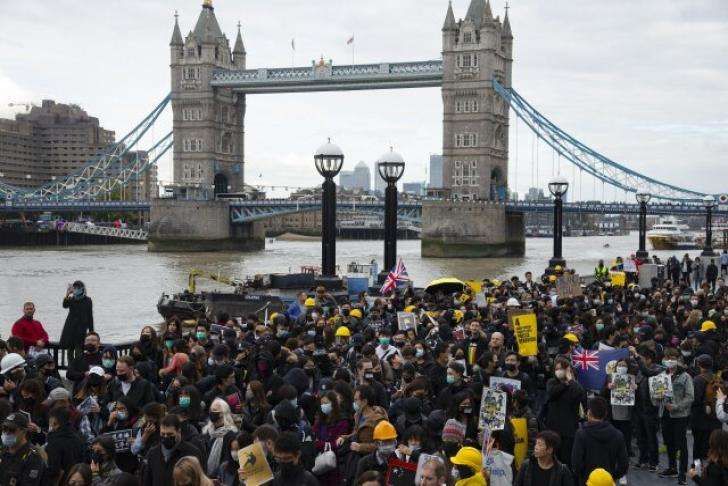Another indication that migration is beginning to reduce from record highs is the 25% drop in the number of foreigners coming to the UK for work and education.
Compared to the same period last year, fewer skilled worker, study, and health and care visas were issued in the first four months of this year, totaling 175,500.
With the three groups accounting for the majority of migration to the UK and 1.13 million visas issued last year, it is the largest decline since the epidemic.
The Home Office has published the figures ahead of Thursday’s release of data for net migration – the number of people arriving minus the number leaving. It is expected to have remained high for the year ending December 2023.
This is because measures including a ban on students bringing in dependents only took effect this year. Ministers are expected to argue that the Office for National Statistics (ONS) data on Thursday will not reflect Rishi Sunak’s efforts to bring down net migration.
Net migration hit a record 745,000 in the year ending December 2022, three times the level in 2019 when the Tories made their manifesto pledge to reduce it by the next election. It fell to 672,000 in the year to June 2023 and analysts believe there may be a marginal drop for the 12 months to December 2023.
The Home Office data showed that the tightening of rules on foreign students bringing family members with them to the UK has led to a 79 per cent fall in the number of dependent visas issued to them, from 38,900 in the first four months last year to 8,300 since January this year.
There was also a 12 per cent decline in applications by foreign students, from 49,400 to 43,600, suggesting the ban on postgraduates other than those studying PhDs from bringing in dependents was also hitting student recruitment by universities.
A similar ban on dependents for care workers, which came into effect on March 11, and a crackdown on rogue agents hiring in the sector also appears to have had an impact on the numbers coming to the UK.
The number of foreign health and care worker visas fell by 76 per cent from 50,900 to 12,400, while dependents were down by six per cent from 59,300 to 55,700.
By contrast, skilled worker visas were up 41 per cent, from 20,700 to 29,200 in the first four months of this year compared with the same period in 2023. The number of dependents were up 62 per cent to 26,300 from 16,200.
The increase in the skilled worker is likely due to a “fire sale” of visas as skilled workers sought to come to Britain before the threshold was hiked in April from £26,200 to £38,700, according to experts.
It comes after Professor Brian Bell, the chair of the Migration Advisory Committee, said the Prime Minister had a “fighting chance” of reducing net migration by the time of the next election, expected in October or November.
He said that net migration could fall to between 150,000 and 200,000 by September because a ban on foreign students bringing dependents was having a far bigger impact than the Government expected.
It would mean that Mr Sunak could go into the election claiming to be on course to meet Boris Johnson’s 2019 manifesto pledge of reducing net migration from its then level of 226,000 a year.








.svg)


_2.jpg)

_2.jpg)